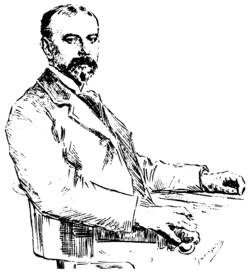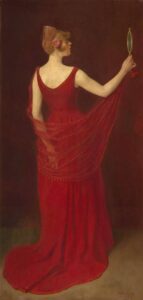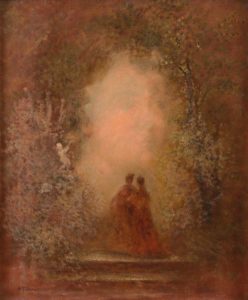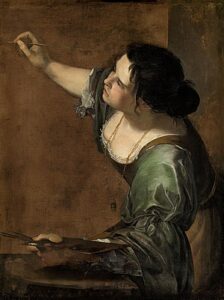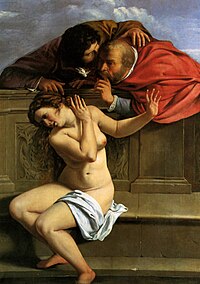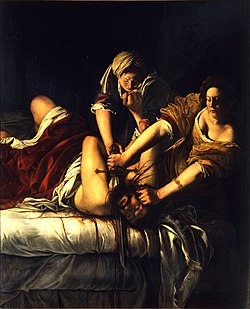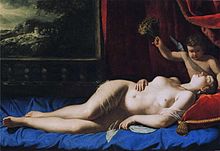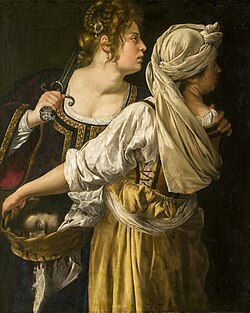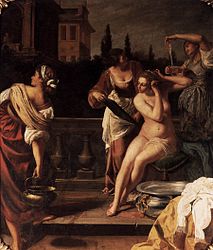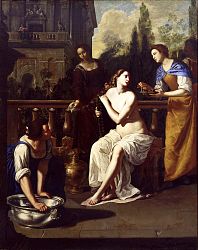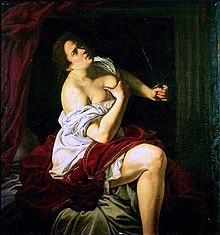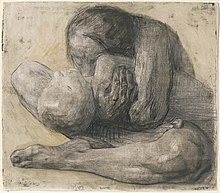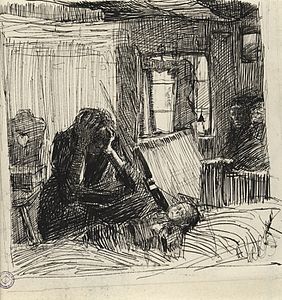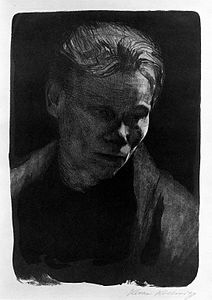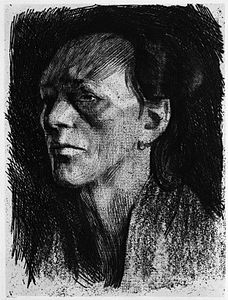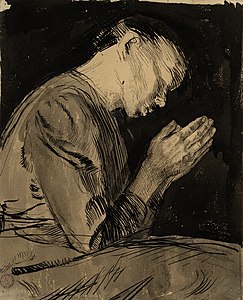Dear Zazie, Here is today’s Lover’s’ Chronicle from Mac Tag to his muse. Follow us on twitter @cowboycoleridge. Who is your beloved angel? Rhett
The Lovers’ Chronicle
Dear Muse,
© copyright 2020 mac tag/cowboy coleridge all rights reserved
© copyright 2019 mac tag/cowboy coleridge all rights reserved
hard to bring together
two thoughts without you
always carried along
by dreams and imagination
and only ever worth a damn
when fired by inspiration
again and again return
to the one who matters
© copyright 2018 mac tag/cowboy coleridge all rights reserved
slippin’ out of clothes
leavin’ a trail to the bed
risin’ up from fears
and disappointments
a dance, barefoot
in the livin’ room
a long drive
in the country
stoppin’ to eat
at our favorite place
night again, we lie down
eyes connect, eager
for what we have to offer
a prayer…
we find each other
again and again
© copyright 2017 Mac tag/cowboy Coleridge all rights reserved
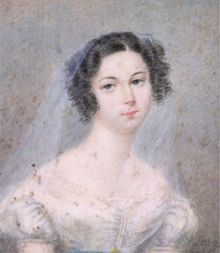 Today for you muse, a love letter from French novelist and playwright Honoré de Balzac to his love and future wife Countess Ewelina Hańska. Their correspondence, an endearin’ and endurin’ homage to love and patience, is gathered in The Letters Of Honore De Balzac To Madame Hanska and in The 50 Greatest Love Letters of All Time. Here is a small but exquisite excerpt:
Today for you muse, a love letter from French novelist and playwright Honoré de Balzac to his love and future wife Countess Ewelina Hańska. Their correspondence, an endearin’ and endurin’ homage to love and patience, is gathered in The Letters Of Honore De Balzac To Madame Hanska and in The 50 Greatest Love Letters of All Time. Here is a small but exquisite excerpt:
June 1835
MY BELOVED ANGEL,
I am nearly mad about you, as much as one can be mad: I cannot bring together two ideas that you do not interpose yourself between them. I can no longer think of nothing but you. In spite of myself, my imagination carries me to you. I grasp you, I kiss you, I caress you, a thousand of the most amorous caresses take possession of me. As for my heart, there you will always be — very much so. I have a delicious sense of you there. But my God, what is to become of me, if you have deprived me of my reason? This is a monomania which, this morning, terrifies me. I rise up every moment say to myself, ‘Come, I am going there!’ Then I sit down again, moved by the sense of my obligations. There is a frightful conflict. This is not a life. I have never before been like that. You have devoured everything. I feel foolish and happy as soon as I let myself think of you. I whirl round in a delicious dream in which in one instant I live a thousand years. What a horrible situation! Overcome with love, feeling love in every pore, living only for love, and seeing oneself consumed by griefs, and caught in a thousand spiders’ threads. O, my darling Eva, you did not know it. I picked up your card. It is there before me, and I talked to you as if you were here. I see you, as I did yesterday, beautiful, astonishingly beautiful. Yesterday, during the whole evening, I said to myself ‘She is mine!’ Ah! The angels are not as happy in Paradise as I was yesterday!
Today is the birthday of Paul Delaroche (Hippolyte-Paul DelarocheParis 17 July 1797 – 4 November 1856 Paris); painter. He was trained by Antoine-Jean, Baron Gros, a painter of life-size historical subjects who had many students.
Delaroche’s love for Horace Vernet’s daughter Louise was the absorbing passion of his life. He married Louise in 1835, in which year he also exhibited Head of an Angel, which was based on a study of her. It is said that Delaroche never recovered from the shock of her death in 1845 at the age of 31. After her loss he produced a sequence of small elaborate pictures of incidents in Jesus’ Passion. He focused attention on the human drama of the Passion, as in a painting where Mary and the apostles hear the crowd cheering Jesus on the Via Dolorosa, and another where St. John escorts Mary home after her son’s death.
Gallery
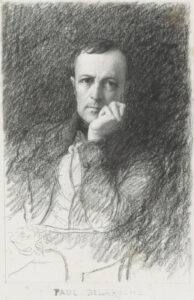
portrait by Eugène-Ferdinand Buttura



-

Joan of Arc being Interrogated, 1824, Musée des Beaux-Arts, Rouen, France.
-

Cromwell and the corpse of Charles I, 1831, Musée des Beaux-Arts de Nîmes
-

The Death of Elizabeth I, Queen of England, 1828, Louvre
-
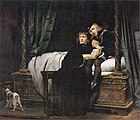
The Children of Edward, 1831, Louvre
-

Le Supplice de Jane Grey, 1833, National Gallery, London
-
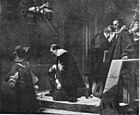
Strafford led to Execution, 1836
-

Charles I Insulted by Cromwell’s Soldiers, 1836, thought lost in The Blitz, rediscovered in 2009
-

Peter the Great, 1838
-
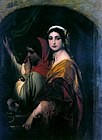
Herodias, 1843, Wallraf-Richartz-Museum, Cologne, Germany.
-
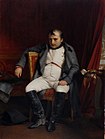
Napoléon abdiquant à Fontainebleau (“Napoleon abdicating in Fontainebleau”), 1845, The Royal Collection, London
-

Bonaparte Crossing the Alps, 1850, Walker Art Gallery, Liverpool
-
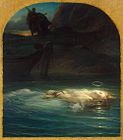
The Young Martyr
Today is the bithday of Berenice Abbott (Springfield, Ohio; July 17, 1898 – December 9, 1991 Monson, Maine), née Bernice Alice Abbott; poet and photographer perhaps best known for her portraits of 20th century cultural figures, New York City photographs of architecture of the 1930s, and science interpretation in the 1940s to 1960s.
Abbott’s subjects were people in the artistic and literary worlds, including French nationals (Jean Cocteau), expatriates (James Joyce), and others just passing through the city. According to Sylvia Beach, “To be ‘done’ by Man Ray or Berenice Abbott meant you rated as somebody”. Abbott’s work was exhibited with that of Man Ray, André Kertész, and others in Paris, in the “Salon de l’Escalier” (more formally, the Premier Salon Indépendant de la Photographie), and on the staircase of the Théâtre des Champs-Élysées. Her portraiture was unusual within exhibitions of modernist photography held in 1928–1929 in Brussels and Germany.
In 1935, Abbott moved into a Greenwich Village loft with the art critic Elizabeth McCausland, with whom she lived until McCausland’s death in 1965. McCausland was an ardent supporter of Abbott, writing several articles for the Springfield Daily Republican, as well as for Trend and New Masses (the latter under the pseudonym Elizabeth Noble). In addition, McCausland contributed the captions for the book of Abbott’s photographs entitled Changing New York which was published in 1939. In 1949, her photography book Greenwich Village Today and Yesterday was published by Harper & Brothers.
In 1935, Abbott moved into a Greenwich Village loft with the art critic Elizabeth McCausland, with whom she lived until McCausland’s death in 1965. McCausland was an ardent supporter of Abbott, writing several articles for the Springfield Daily Republican, as well as for Trend and New Masses (the latter under the pseudonym Elizabeth Noble). In addition, McCausland contributed the captions for the book of Abbott’s photographs entitled Changing New York which was published in 1939. In 1949, her photography book Greenwich Village Today and Yesterday was published by Harper & Brothers.
The film Berenice Abbott: A View of the 20th Century, which showed 200 of her black and white photographs, suggests that she was a “proud proto-feminist”; someone who was ahead of her time in feminist theory. Before the film was completed she questioned, “The world doesn’t like independent women, why, I don’t know, but I don’t care.” Abbott’s life and work are the subject of the 2017 novel The Realist: A Novel of Berenice Abbott, by Sarah Coleman.
Gallery
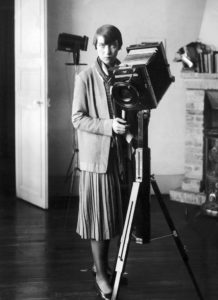

Photograph by Abbott of her friend Margarett Sargent taken in Paris in
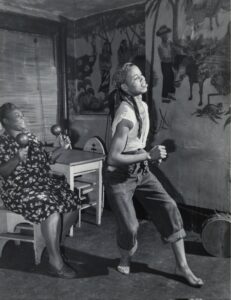
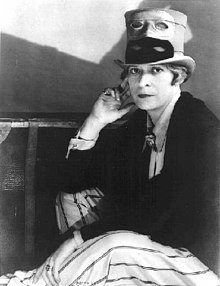


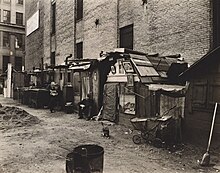
-

Pike Street at Henry Street(1936)
-

Automat in Manhattan (1936)
-

Pennsylvania Station (1936)
-

Detail of Manhattan Bridge(1936)
-

Wanamaker’s department store, Fourth Avenue and Ninth Street (1936)
-

Financial District rooftops (1938)
-

Seventh Avenue, looking south from 35th Street (1935)
-

Flatiron Building (1938)
-

House doorway on East 4th Street, Manhattan (1937)
-

Hot dog stand, North Moore Street, Manhattan (1936)
-

Hardware store on the Bowery in Manhattan (1938)
The film Berenice Abbott: A View of the 20th Century, which showed 200 of her black and white photographs, suggests that she was a “proud proto-feminist”; someone who was ahead of her time in feminist theory. Before the film was completed she questioned, “The world doesn’t like independent women, why, I don’t know, but I don’t care.” Abbott’s life and work are the subject of the 2017 novel The Realist: A Novel of Berenice Abbott, by Sarah Coleman.
The song of the day has it’s inspiration from two sources. Below, Walt Whitman says, “I have embraced you…”. And today marks the anniversary of the death, in 1959, of the incomparable Billie Holiday. So that could only mean that the song of the day is George and Ira Gershwin’s “Embraceable You” as sung by Holiday.
Still missin’, still lovin’ you,
Mac Tag
For both our sakes, I would that word were true. – Shakespeare
Men marry because they are tired; women, because they are curious; both are disappointed. – Oscar Wilde
Sleep! I and they keep guard all night; – Walt Whitman
I have embraced you, and henceforth possess you to myself – Walt Whitman
And when you rise in the morning you will find what I tell you is so – Walt Whitman
I wasted time, and now doth time waste me – Shakespeare
I thought that I could not be hurt; I thought that I must surely be impervious to suffering – immune to mental pain or agony. – Sylvia Plath

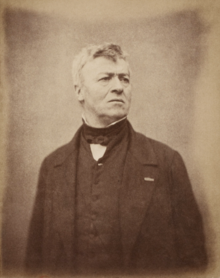
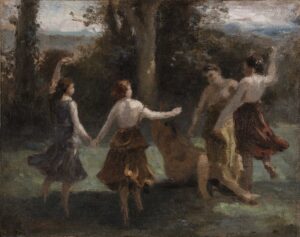

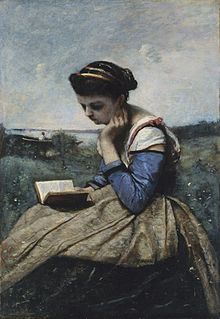
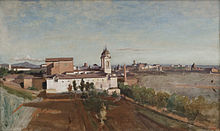

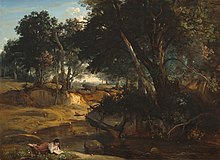


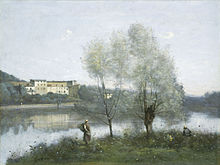


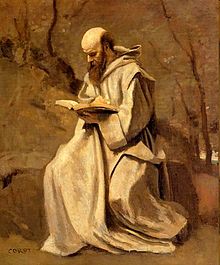
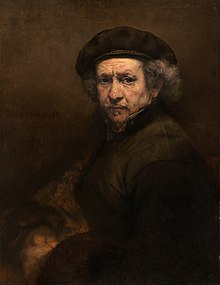



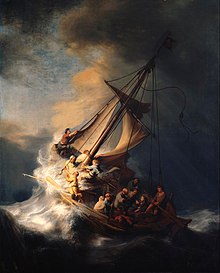


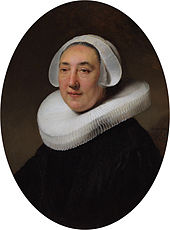



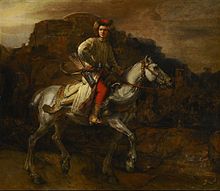

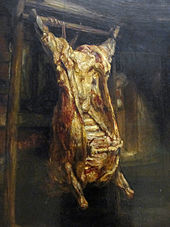


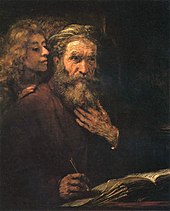

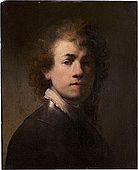


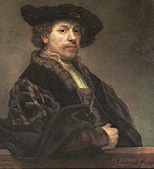
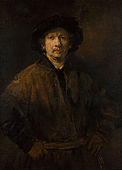

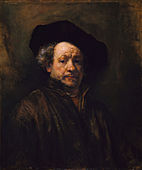








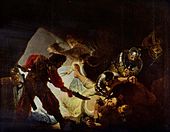

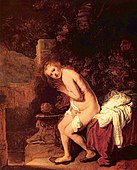

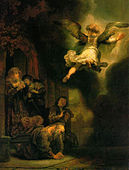
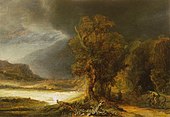





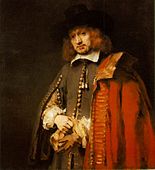
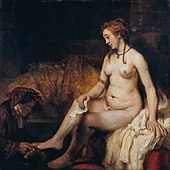




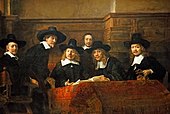
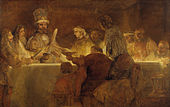









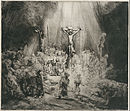



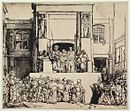
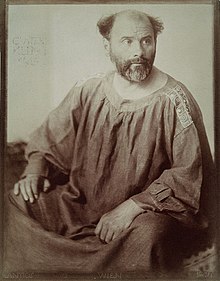
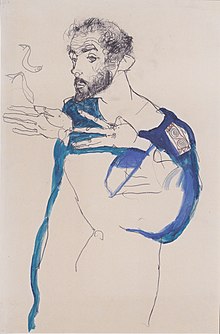
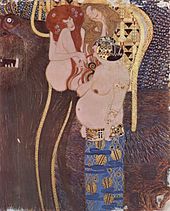





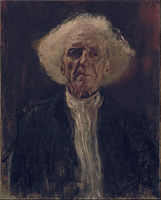


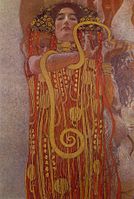


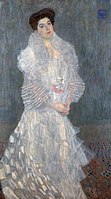

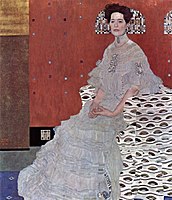


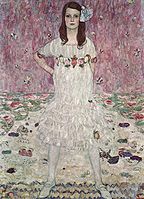


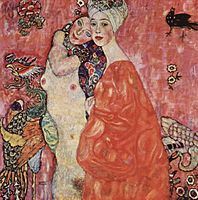
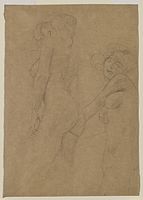


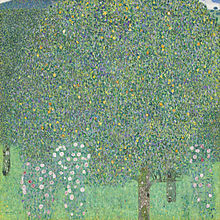
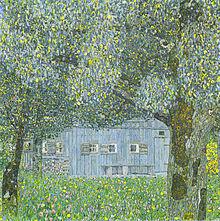



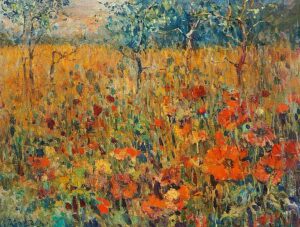



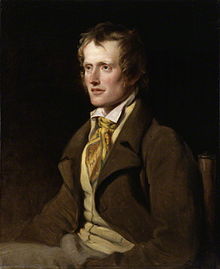

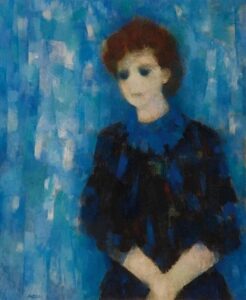
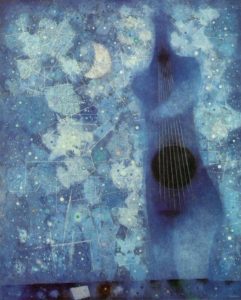
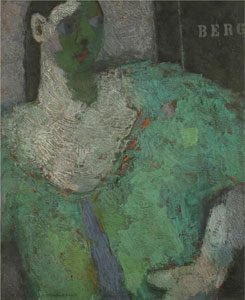
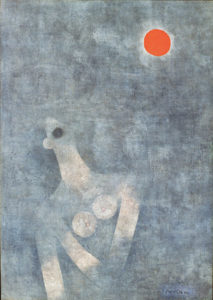
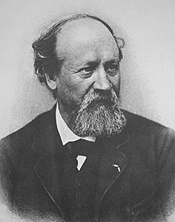
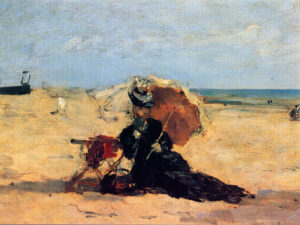




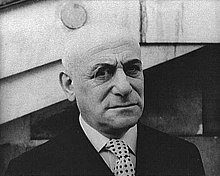

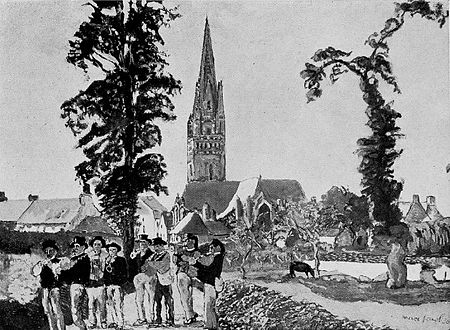
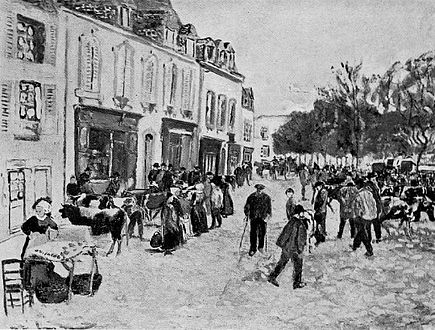

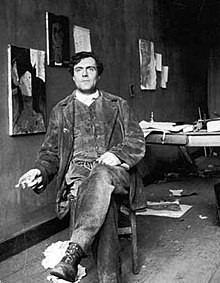



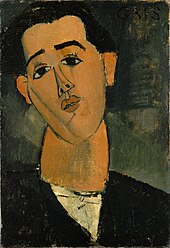

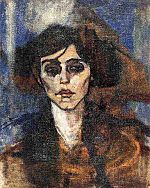






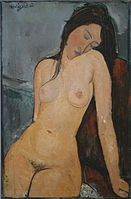

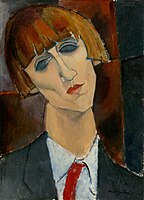

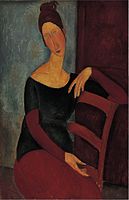

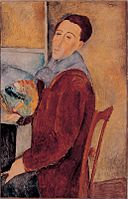


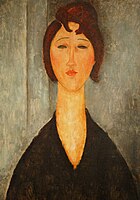



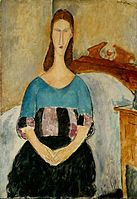
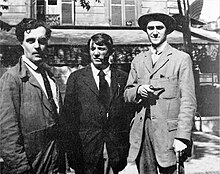

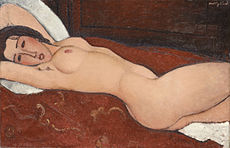








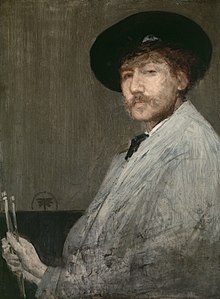
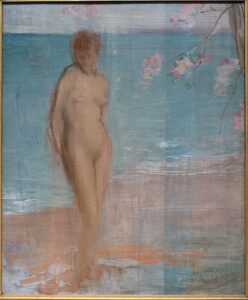
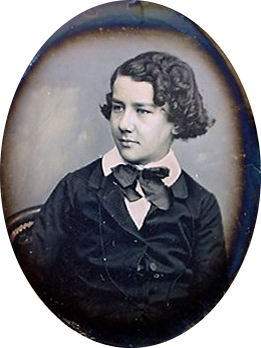
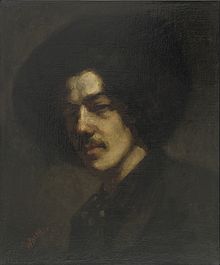


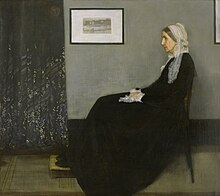








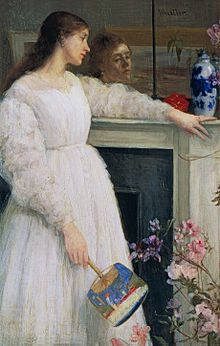

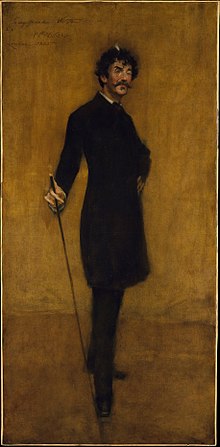
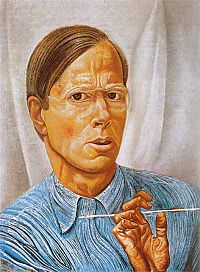
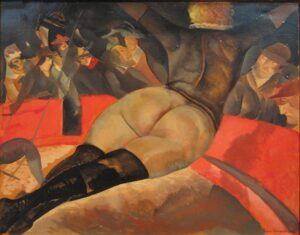
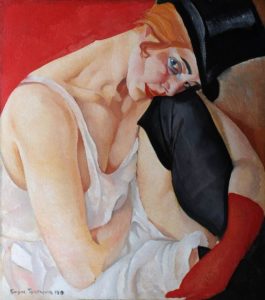


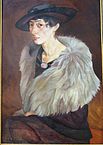



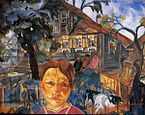

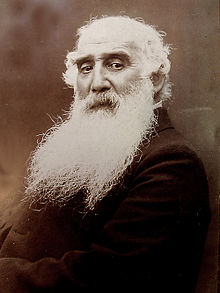

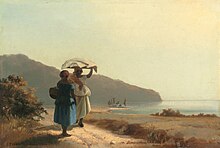


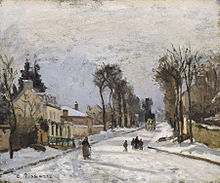



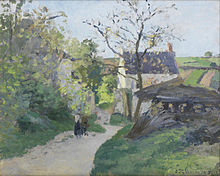
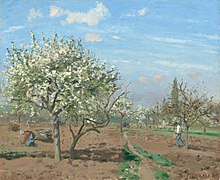

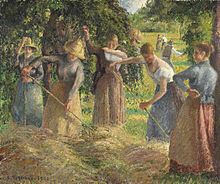


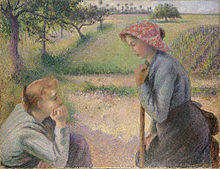
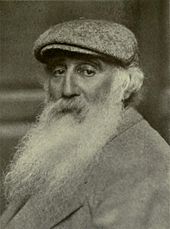





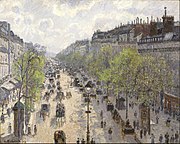

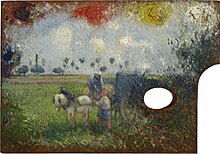
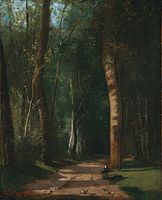


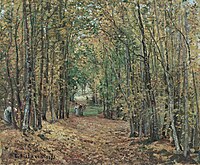

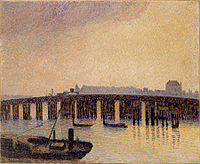

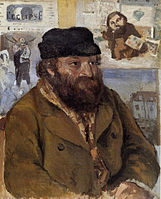



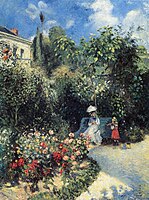

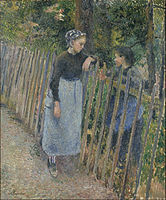






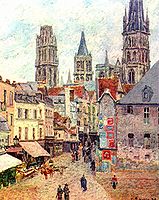






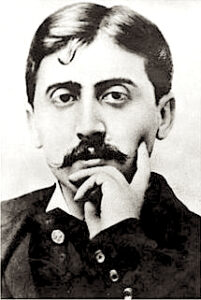 Today is the birthday of Marcel Proust (Valentin Louis Georges Eugène Marcel Proust; Auteuil; 10 July 1871 – 18 November 1922 Paris); novelist, critic, and essayist best known for his monumental novel À la recherche du temps perdu (In Search of Lost Time; earlier interpreted as Remembrance of Things Past), published in seven parts between 1913 and 1927.
Today is the birthday of Marcel Proust (Valentin Louis Georges Eugène Marcel Proust; Auteuil; 10 July 1871 – 18 November 1922 Paris); novelist, critic, and essayist best known for his monumental novel À la recherche du temps perdu (In Search of Lost Time; earlier interpreted as Remembrance of Things Past), published in seven parts between 1913 and 1927.